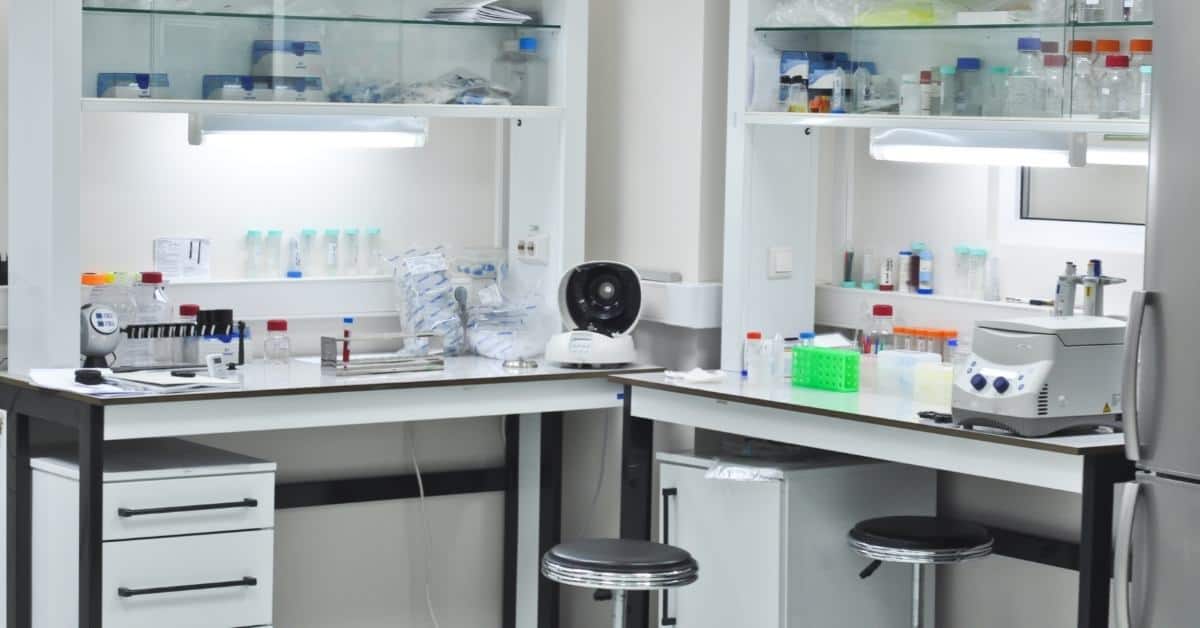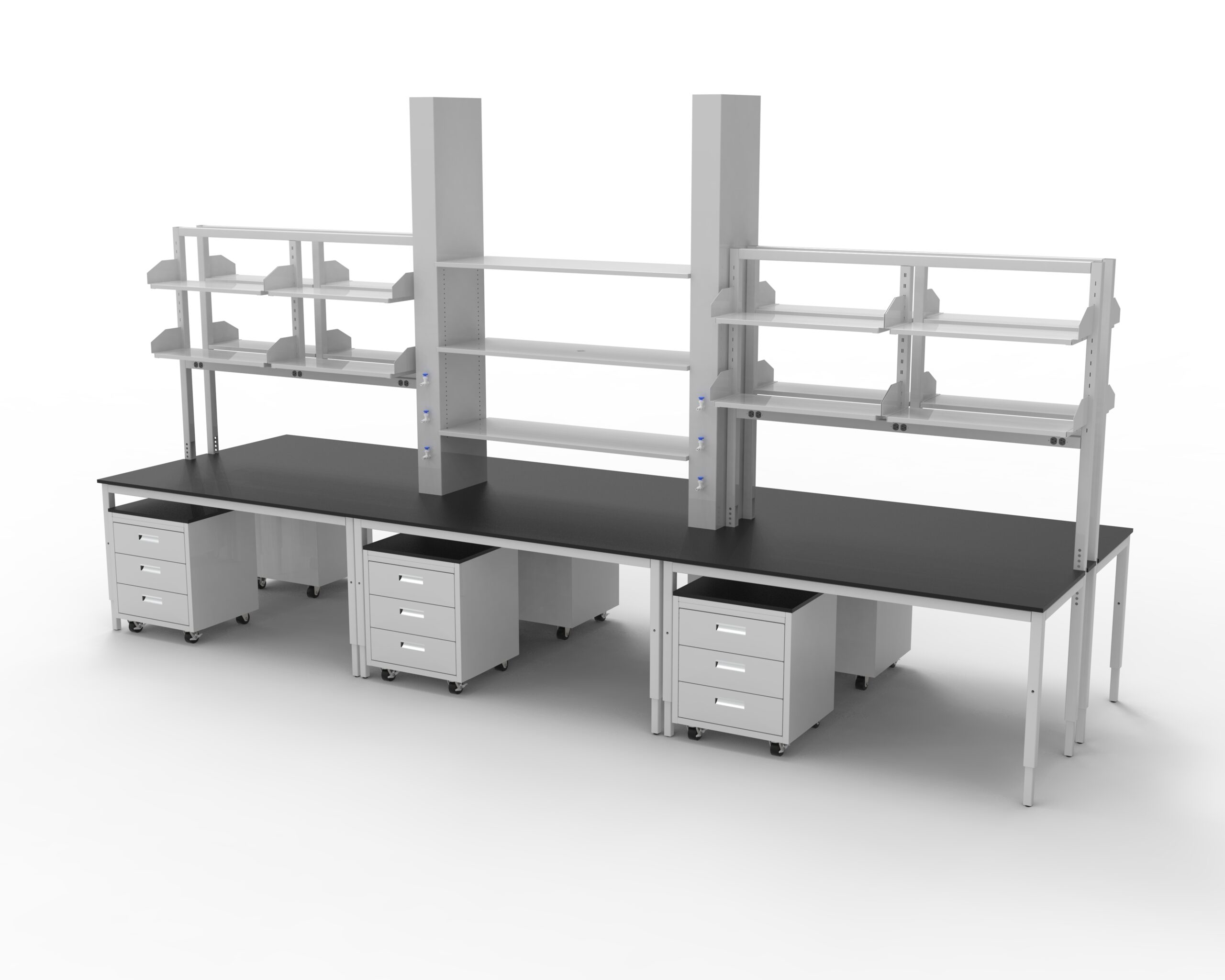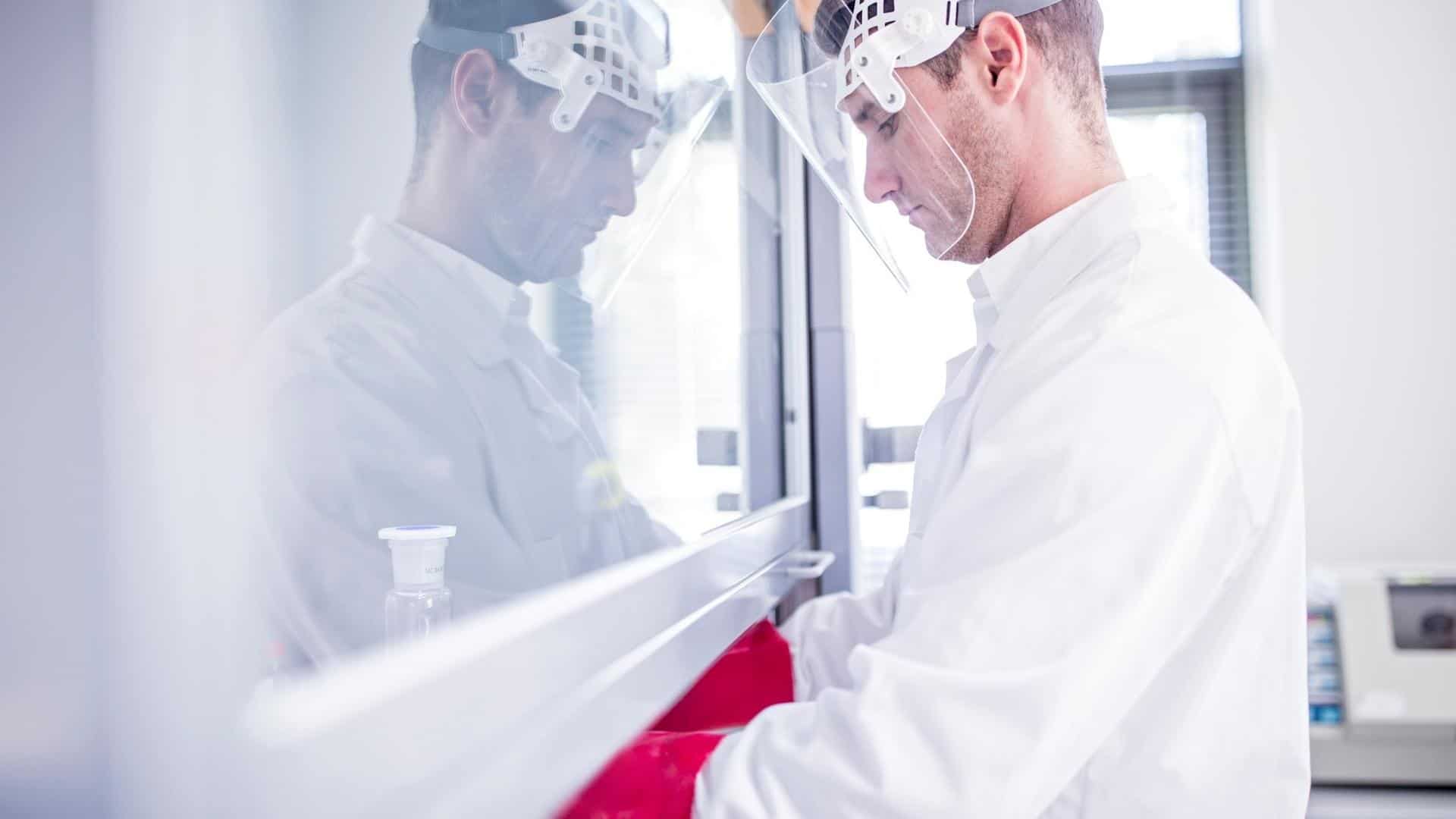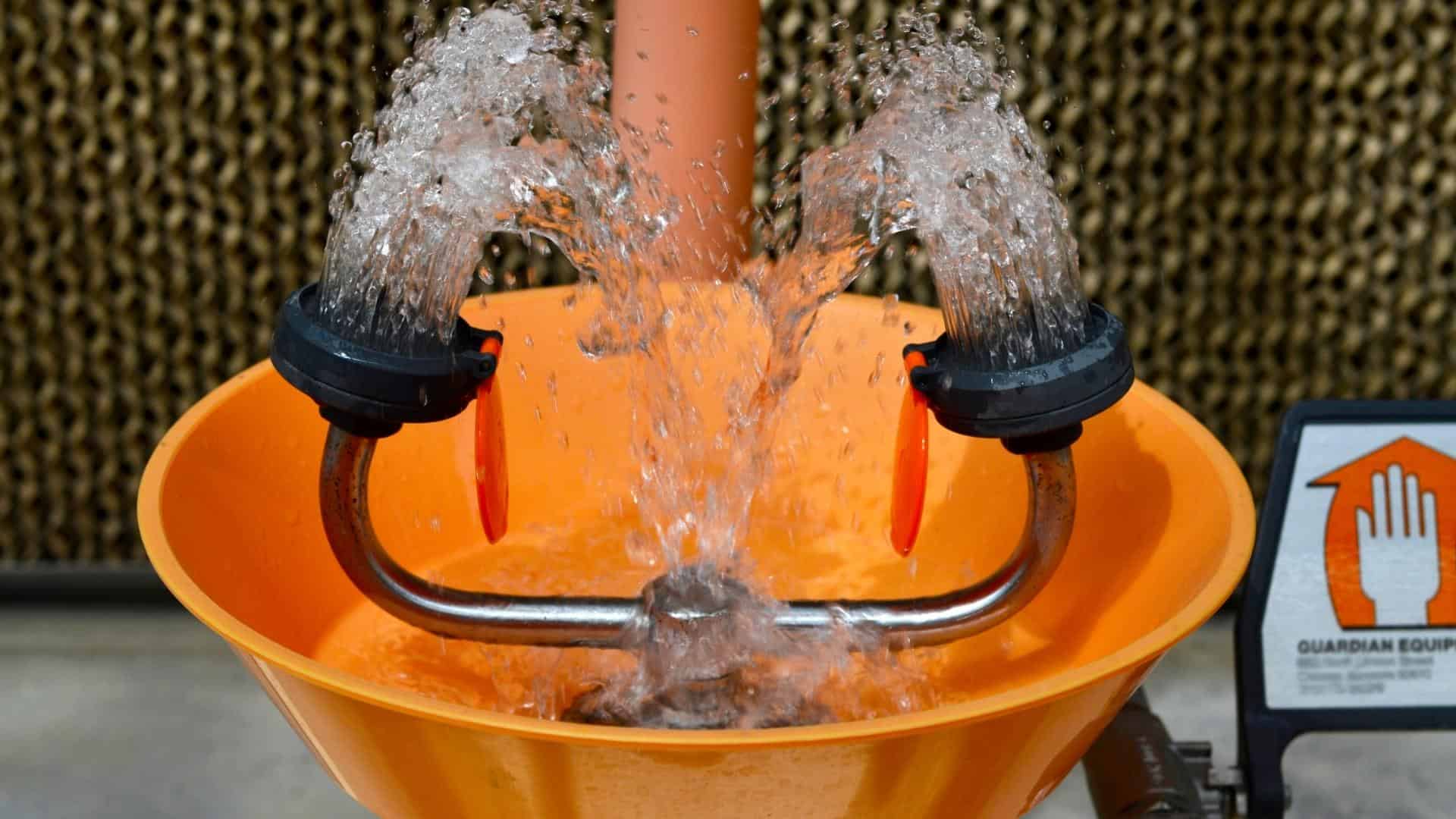When Decommissioning a Lab, How Do You Dispose of Old Fume Hoods?
When decommissioning a lab, it’s important for environmental and safety reasons that you follow the proper procedure for fume hoods disposal. You must:
- Perform a chemical decontamination
- Disassemble the fume hoods
- Extract the ductwork
- Decommission old flammable and acid-proof cabinets
Decontaminating Fume Hoods
How Do You Decontaminate Used Fume Hoods?
When decontaminating used fume hoods, it’s important to consider what sort of chemicals were stored in the fume hood as well as what processes were carried out under it. Follow your lab’s protocol for each kind of chemical used in the hood.
Be especially careful to follow the correct protocols when decontaminating perchloric acid fume hoods, as it is a harsh chemical, and radioisotope fume hoods, as they may contain radioactive waste.
How Do You Dispose of the Cleaning Materials & Waste?
Similar to decontaminating your fume hoods, disposing of the cleaning materials and waste will also depend on the types of chemicals used in the hoods. Your lab should have general and chemical-specific safety protocols for disposing of these cleaning materials and waste.
Disassembling Fume Hoods
A fume hood is just stainless steel, a polyresin liner, and screws and bolts. Once your fume hood is safely decontaminated and any electrical or plumbing lines have been disconnected, then you can take it apart like you would any metal contraption. The fume hood should have come with a maintenance manual, and you can follow that to see how it should be disassembled.
Extracting Ductwork
Ductwork in fume hood ventilation systems is made of stainless steel, so it won’t absorb chemicals. However, if the fume hood was used with more dangerous chemicals, it’s important to decontaminate the ductwork first. Things like dust and vapor could linger in the ductwork, which would make it unsafe to handle.
Once your ductwork is thoroughly decontaminated, then it is safe to extract like you would household ductwork. You will not need a specialty crew with a hazmat certification to carry this out. Anyone who knows how to extract ductwork should be qualified for the job.
Decommissioning Old Flammable Cabinets & Acid Cabinets
When decommissioning flammable cabinets and acid cabinets, there are no special precautions to take that you wouldn’t take with other fume hoods. Just be sure that they are free of any chemicals and contaminants, and they are ready to be disassembled and disposed of.
Frequently Asked Questions (FAQs)
Can Fume Hoods and Ductwork Be Recycled?
Yes, they can! Aside from the polyresin liner and the safety glass, the rest of the fume hood and ductwork components should be made of stainless steel. Stainless steel is recyclable. Just drop it off at the proper recycling facility.
Are Decommissioned Fume Hoods Hazardous?
If the fume hood has been properly decommissioned, it should not be hazardous. Again, this depends on the kind of chemicals and processes the fume hood was used for. With radioisotope and perchloric acid fume hoods, you need to follow your lab protocols to decontaminate the components. Once chemical decontamination has been performed, the fume hood is no longer hazardous.
Can I Return Old Fume Hoods to the Manufacturer?
While you technically can return a used chemical fume hood to a manufacturer, it’s probably not worth it. The manufacturer won’t have much use for it, and it will cost you a decent amount of money to have the components shipped back. The best option is to recycle your old fume hood components.
When Is It Time to Replace a Fume Hood or Ductwork?
Like any machine, fume hoods will experience wear and tear. However, in the case of fume hoods and the danger that a malfunction could cause, it’s important to monitor their performance.
The biggest thing to watch out for is the face velocity. Does the fume hood get the proper 100 feet per minute face velocity? If not, you may not need to resort to replacing it. Check for any blockages in the ductwork that could require duct maintenance, and also check to make sure that the motor in the blower is not worn out.
If it still isn’t getting proper airflow, the safest course of action would be to replace it.
Looking for a New Fume Hood?
Now that you know how to decommission, dispose of, and replace your old fume hood, you’ll need a new one in its place! At IQ Labs, we offer a range of long lasting, dependable laboratory equipment, including any sort of fume hood your lab could need. Our team has the benefit of years of laboratory equipment manufacturing experience, and we can use it to help you.
Check out our selection of fume hoods to see if any are right for your needs. If you have any questions about our products, please send us a contact form and we’ll respond with the information you need.




